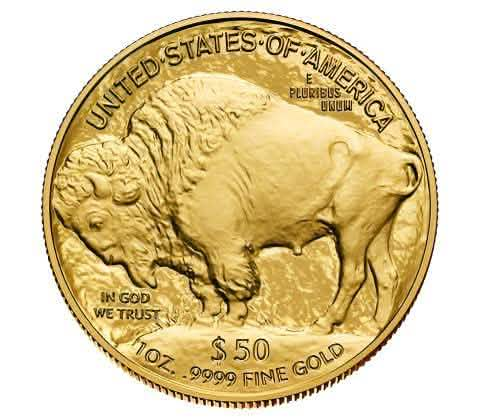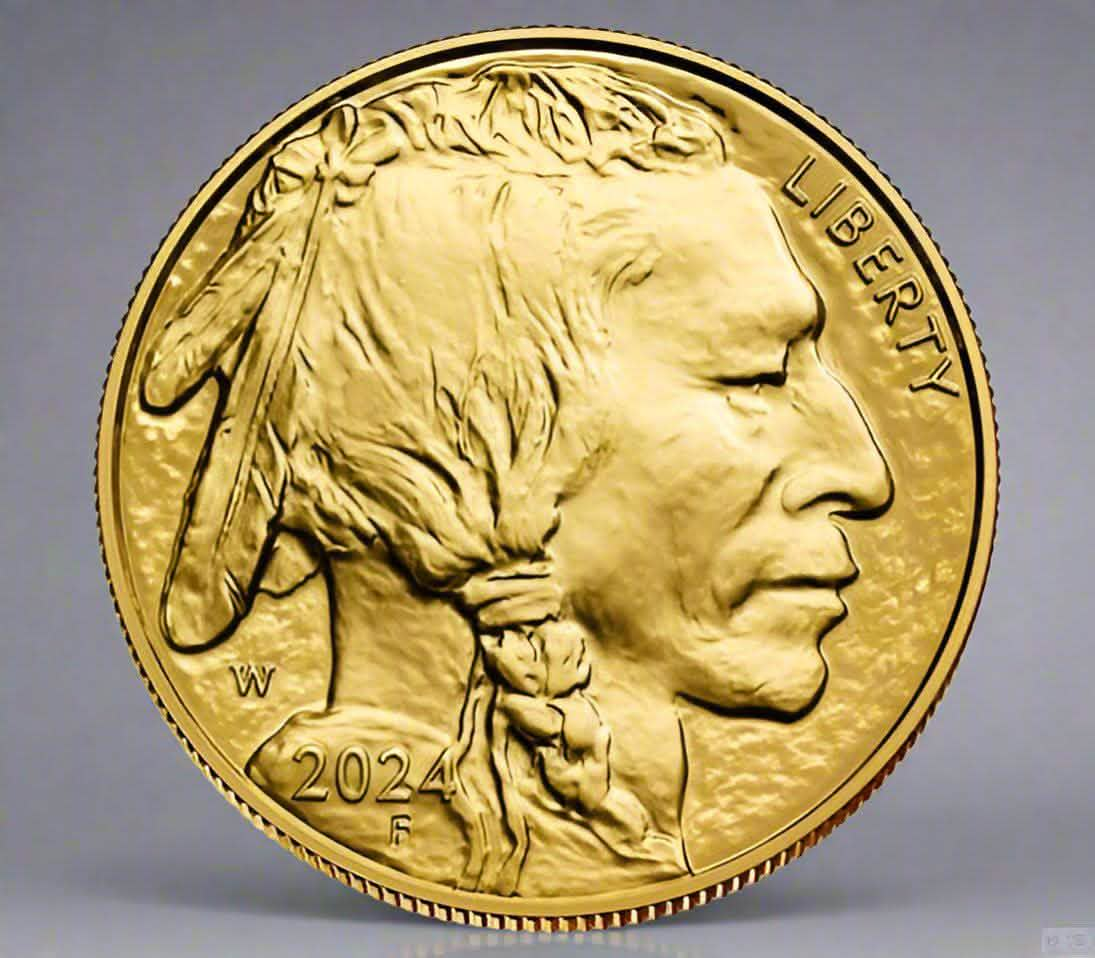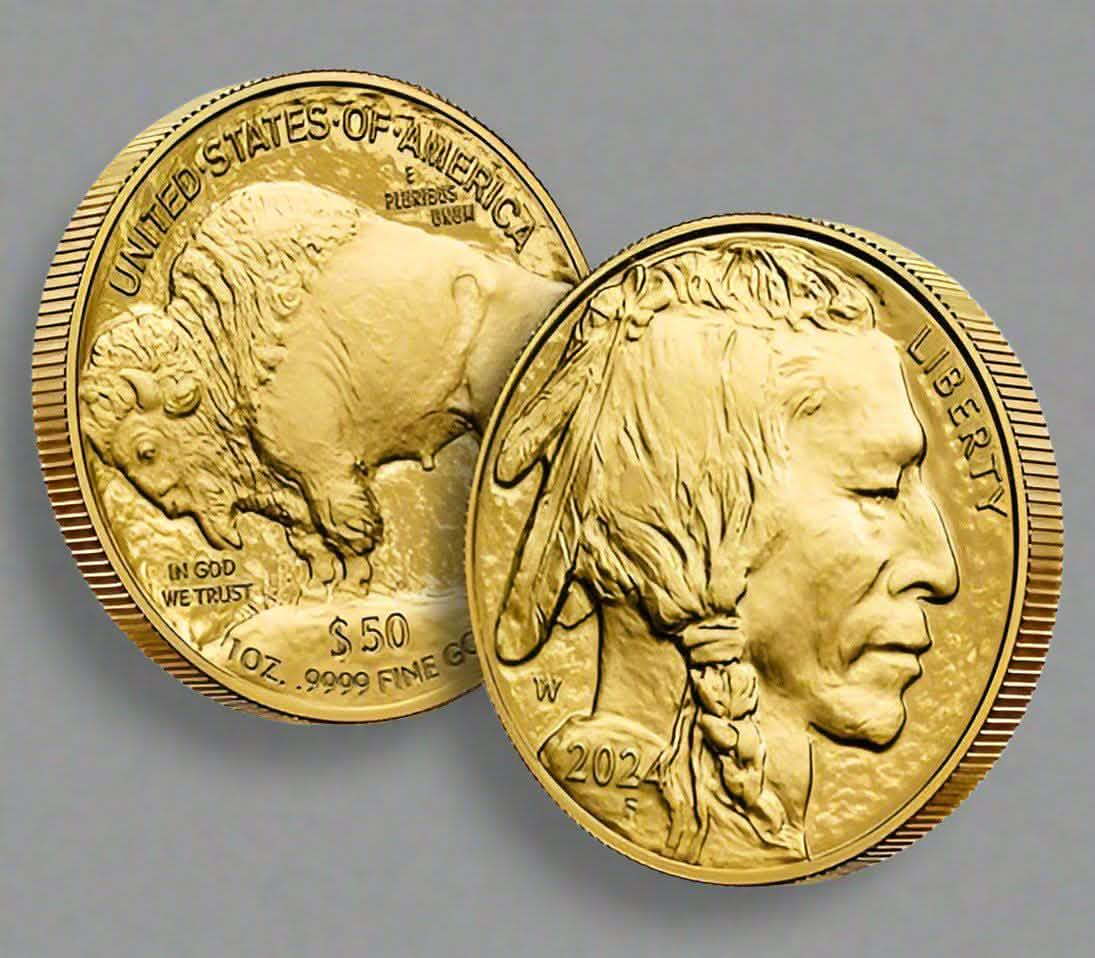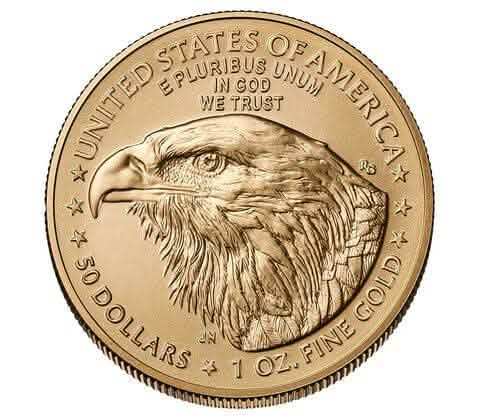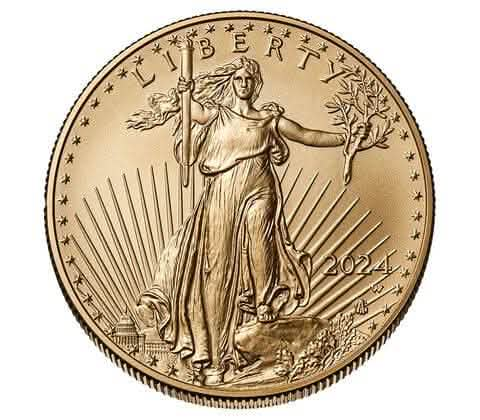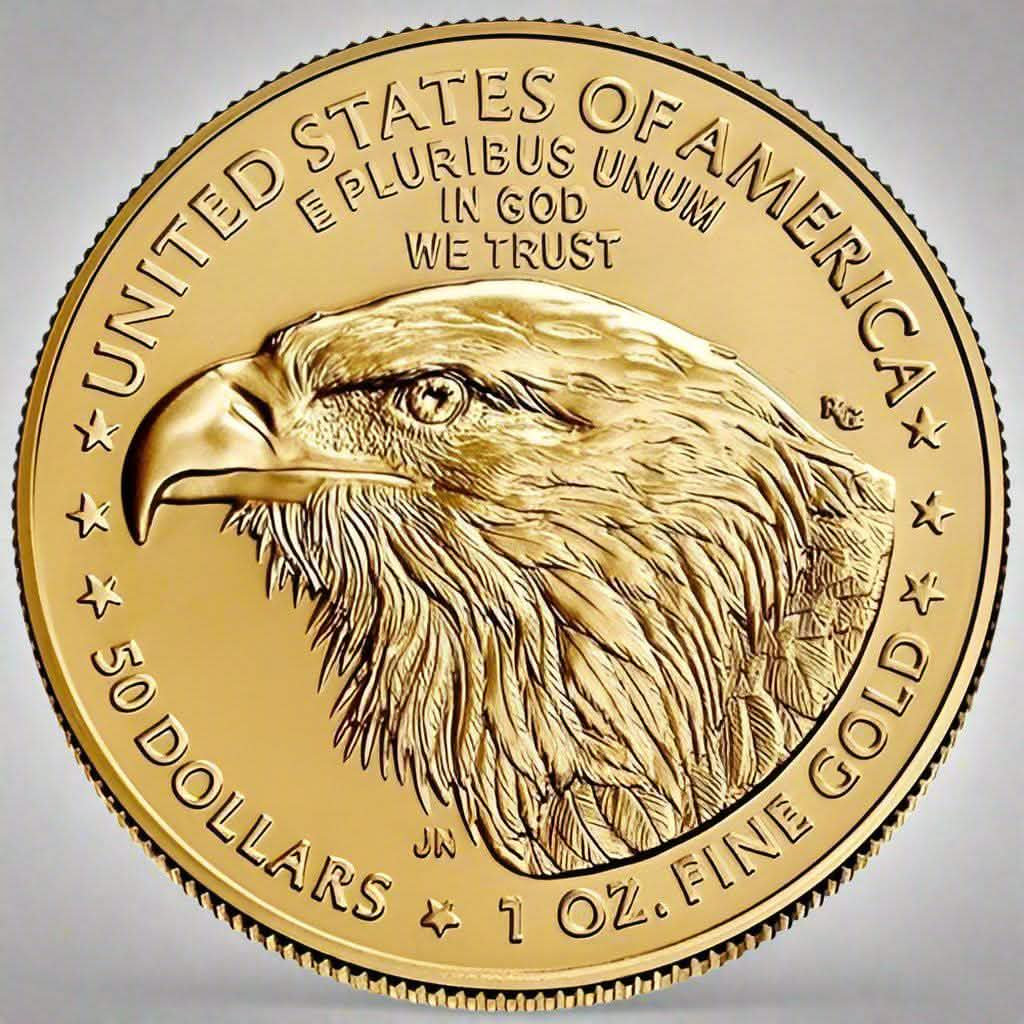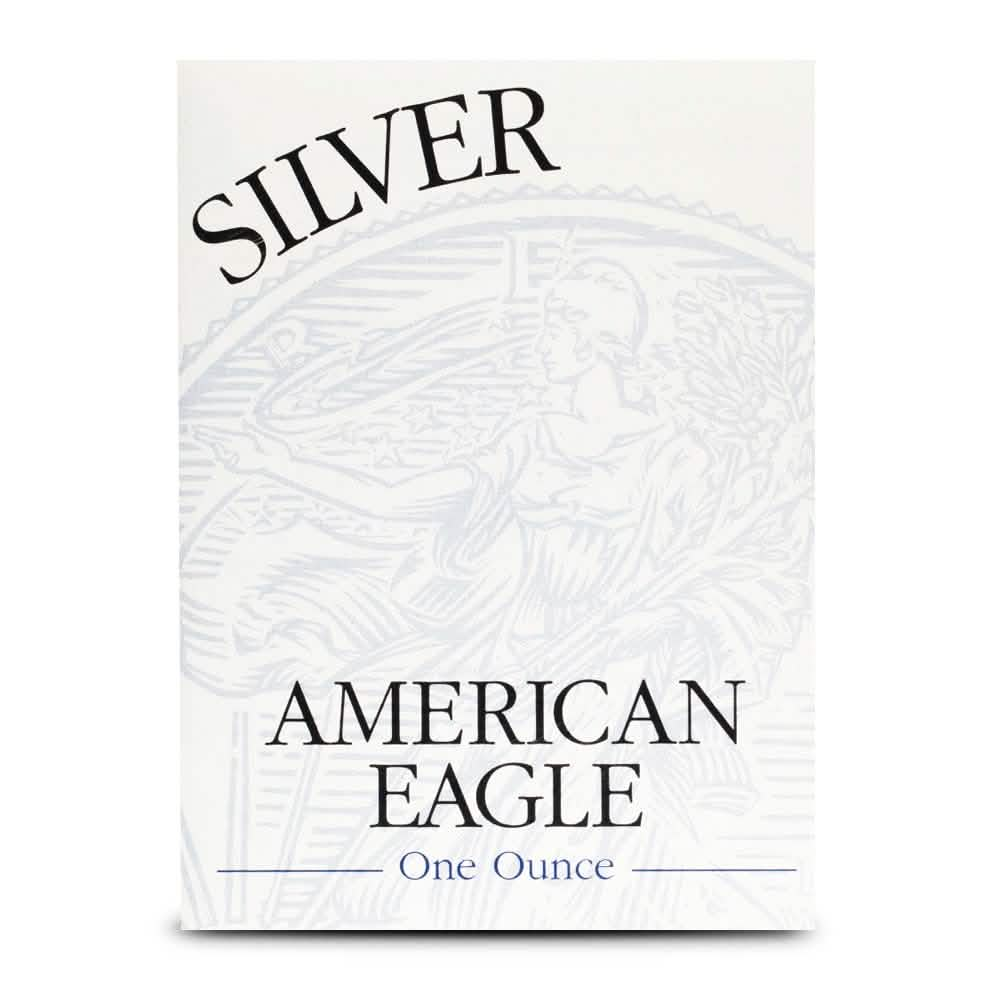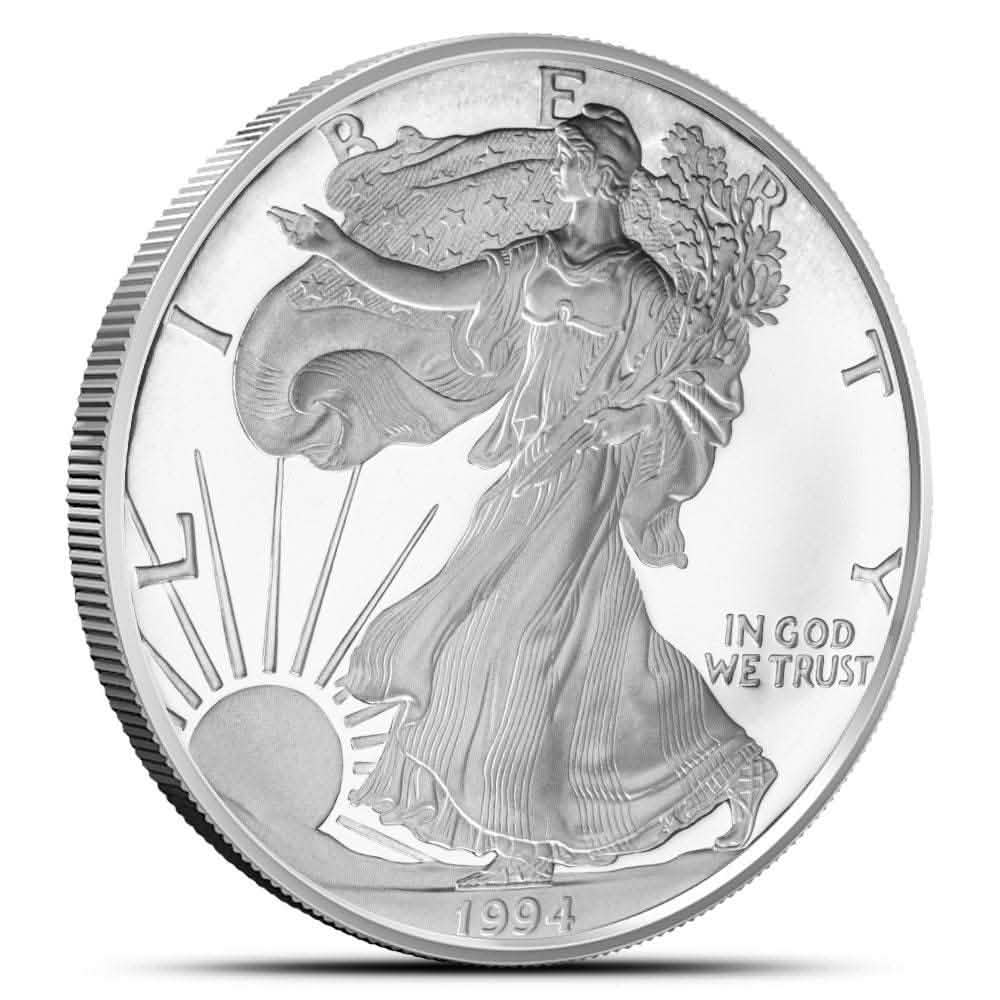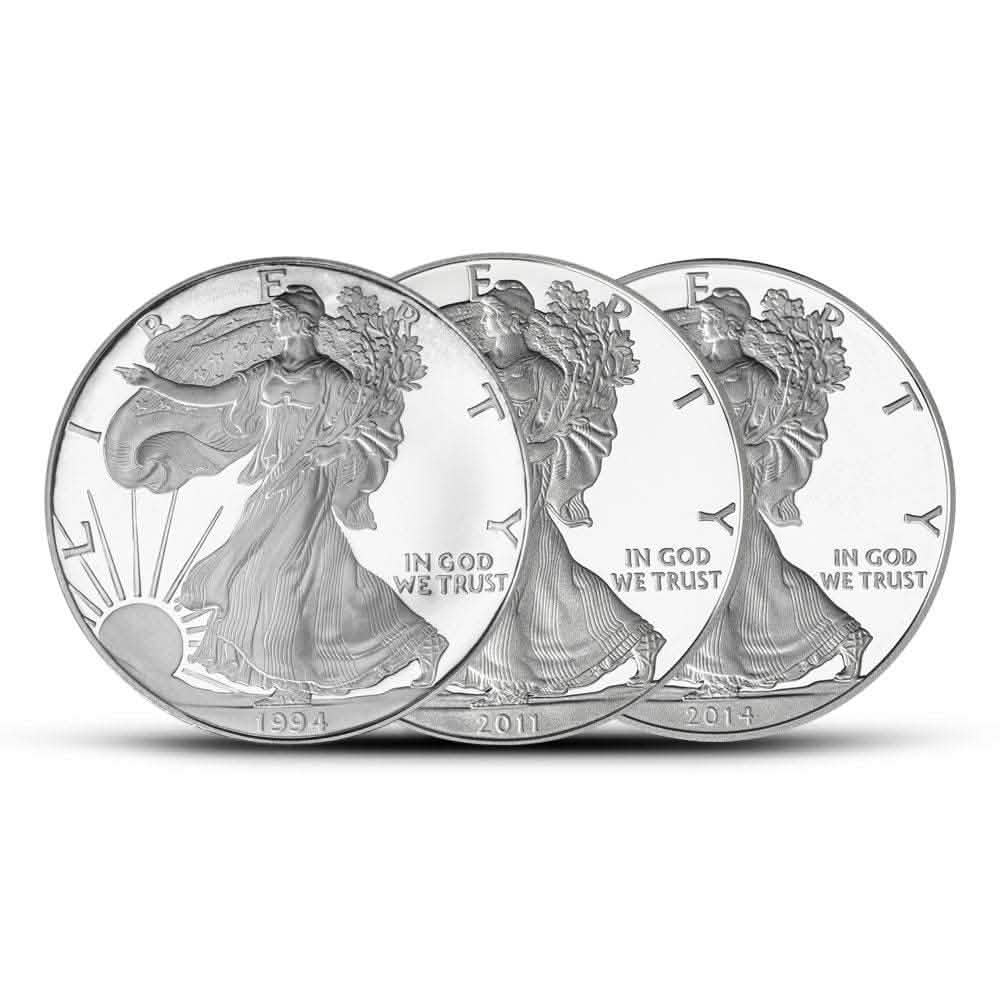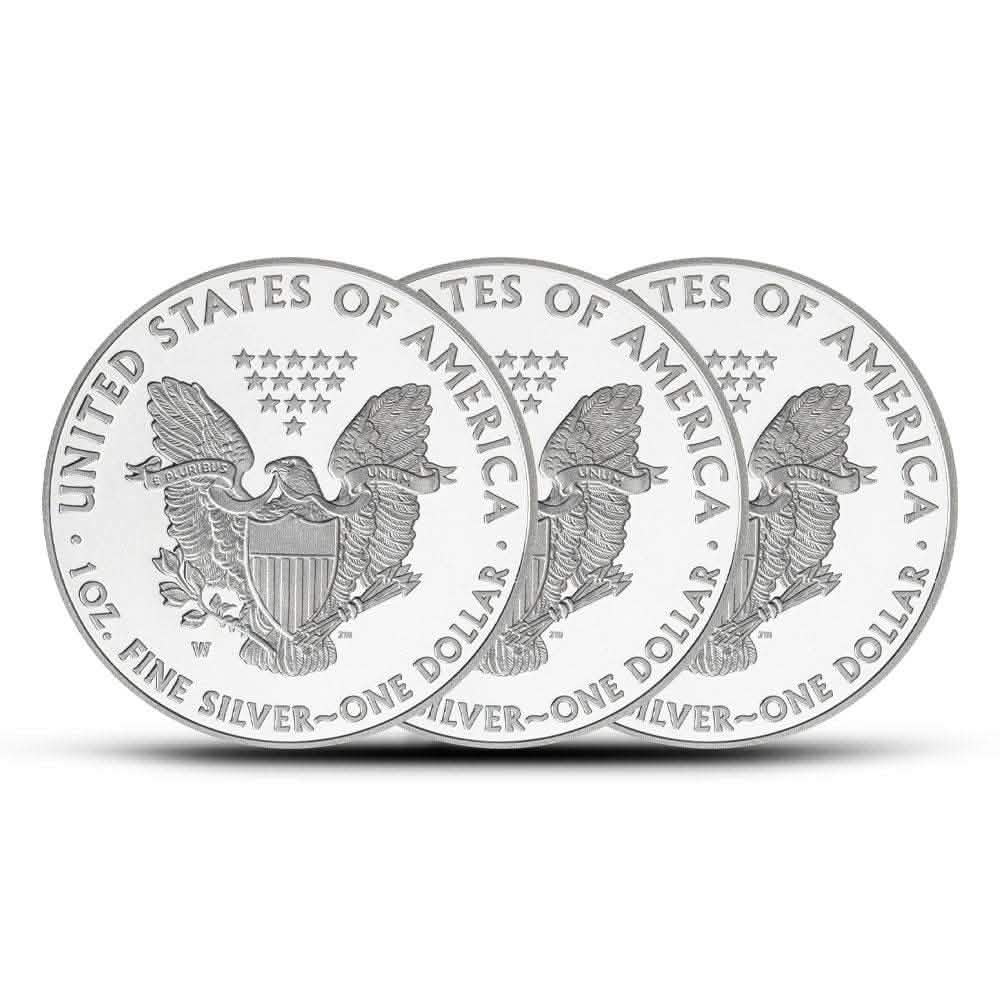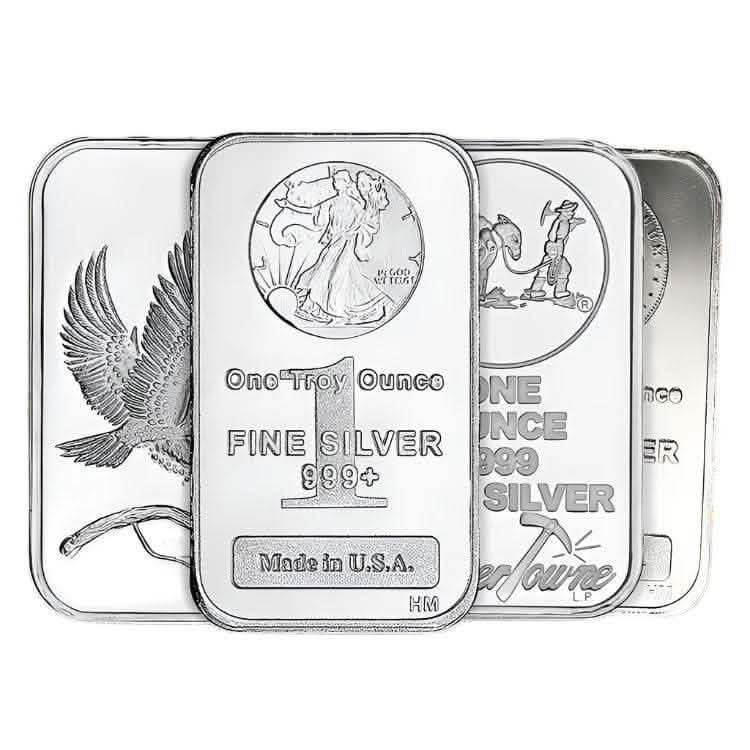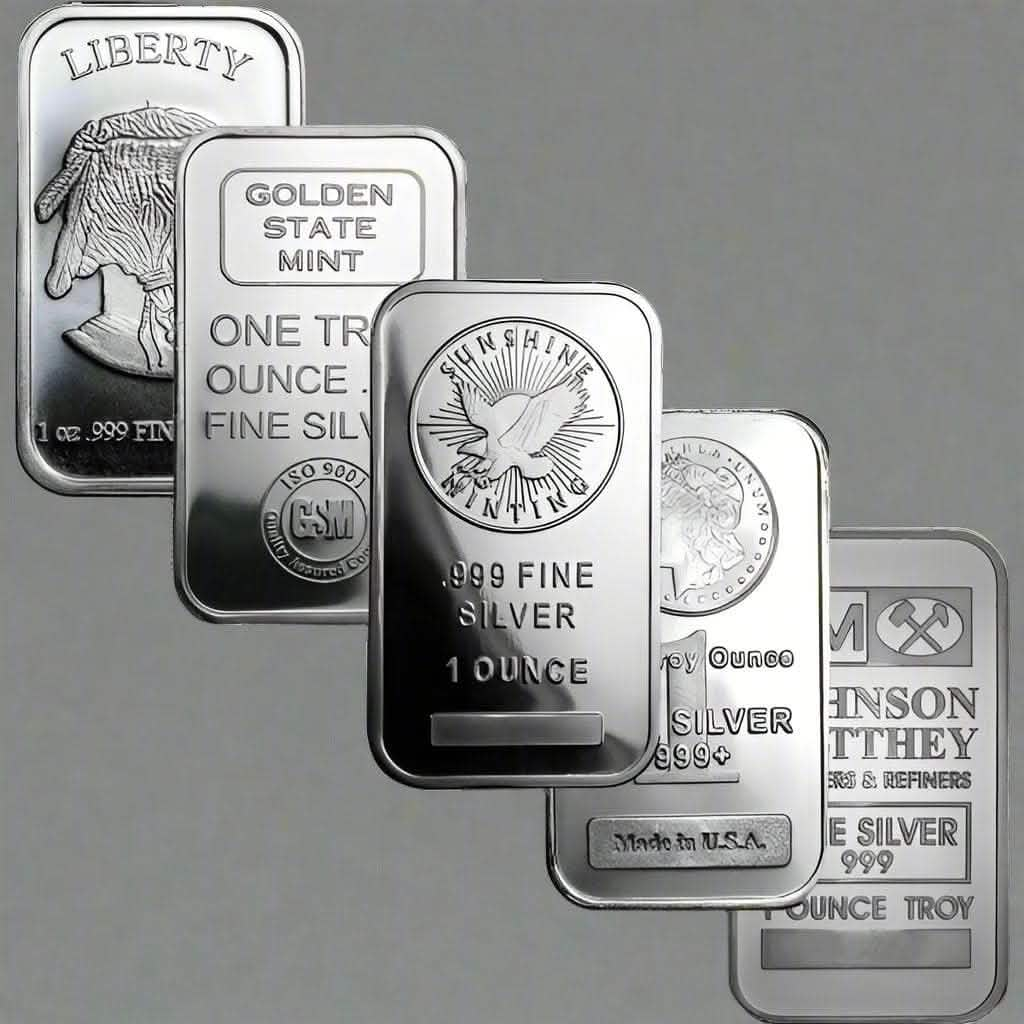Navigating the world of investments can often feel like traversing a complex maze filled with industry jargon and intricate concepts. One term you might frequently encounter, especially when eyeing the gold and silver markets, is "spot price." Understanding this term is crucial for making informed investment decisions.
What is a Spot Price?
The spot price of a commodity is the current market price at which it can be bought or sold for immediate delivery. Unlike futures contracts, which are agreements to purchase or sell an asset at a predetermined future date and price, the spot price reflects the price at which a commodity can be traded at the present moment.
For investors in gold and silver, the spot price represents the base value of these precious metals, serving as a benchmark for trading and valuation. Traders often refer to the spot price to determine the current market conditions.
Why Do Spot Prices Matter?
Spot prices play a pivotal role in financial markets, influencing not just the buying and selling of commodities but also broader economic indicators. For example, when the spot price of gold rises, it often signals economic uncertainty, prompting investors to flock to this safe-haven asset.
In addition, spot prices are crucial for setting the prices of other financial products, such as derivatives and exchange-traded funds (ETFs). Investors use them to gauge market sentiment and make strategic decisions about buying or selling.
How Are Spot Prices Determined?
Various factors, including supply and demand dynamics, geopolitical events, and economic indicators, determine spot prices. In the case of gold and silver, market participants from around the globe contribute to the price discovery process, with trading occurring almost 24/7.
Trading platforms and exchanges constantly update spot prices based on real-time data from transactions and market activity. This ensures that investors always have access to the most current pricing information.
The Role of Market Forces
Several market forces can influence spot prices. For instance, a surge in demand for gold due to geopolitical tensions can drive prices upward. Conversely, discovering new silver reserves might increase supply, potentially lowering prices.
Additionally, macroeconomic factors such as inflation and interest rates can affect spot prices. When inflation is high, investors often turn to gold as a hedge, increasing its spot price.
Differences Between Spot Prices and Futures Prices
While spot prices represent the current market value, futures prices are based on expectations of the price at a future date. Futures contracts involve agreements to buy or sell a commodity at a predetermined price and date, offering investors a way to hedge against potential price fluctuations.
The difference between spot and futures prices, known as the "basis," can provide insights into market expectations. A positive basis indicates that futures prices are higher than spot prices, suggesting that investors expect prices to rise.
Spot Price Volatility
Spot prices can be volatile, especially in markets like gold and silver. Sudden shifts in investor sentiment, economic data releases, or geopolitical events often drive this volatility. For example, a surprise interest rate hike by a central bank can lead to rapid changes in spot prices as investors adjust their positions.
Understanding this volatility is critical to managing risk for investors. Investors can anticipate potential price movements and make informed decisions by monitoring market trends and news.
Spot Prices and Investment Strategy
Investors use spot prices to inform their strategies, whether buying physical gold and silver, trading futures contracts, or investing in ETFs. The spot price serves as a reference point for determining the fair value of these investment vehicles.
For example, buyers often pay a premium above the spot price when purchasing physical gold, accounting for manufacturing and distribution costs. By understanding the spot price, investors can better evaluate these premiums and negotiate favorable deals.
The Impact of Economic Indicators
Economic indicators such as GDP growth, unemployment rates, and consumer confidence can influence spot prices. For instance, strong economic growth may increase demand for industrial silver, increasing its spot price.
Similarly, announcements from central banks regarding interest rates can have significant impacts. Lower interest rates often boost gold prices, reducing the opportunity cost of holding non-yielding assets like gold.
Spot Prices in the Global Market
Spot prices are influenced by global market dynamics, with significant financial centers such as New York, London, and Tokyo playing substantial roles. Each market has its trading hours, contributing to around-the-clock price discovery.
Global events, such as trade negotiations or political unrest, can lead to sudden changes in spot prices. Investors who are informed about international developments can better anticipate these shifts and adjust their strategies accordingly.
Using Spot Prices for Portfolio Diversification
Spot prices can be valuable tools for investors seeking to diversify their portfolios. Investors can reduce overall portfolio risk by incorporating assets like gold and silver, which have traditionally served as hedges against inflation and currency devaluation.
Monitoring spot prices allows investors to make timely adjustments, ensuring their portfolios align with their financial goals and risk tolerance.
Spot Prices and Technological Advancements
Technology has revolutionized the tracking and analysis of spot prices. With the rise of online trading platforms and mobile apps, investors can access real-time spot prices at their fingertips, enabling them to make swift decisions.
Furthermore, advanced analytical tools provide insights into historical price trends and correlations with other financial instruments. By leveraging these technologies, investors can enhance their understanding of spot prices and improve their decision-making processes.
Conclusion
Understanding spot prices is essential for investors in the gold and silver markets. These prices serve as benchmarks for trading, valuation, and strategic decision-making. Investors can effectively incorporate spot prices into their investment strategies by staying informed about market dynamics and utilizing technological advancements. Whether you're a seasoned investor or just starting, grasping the concept of spot prices will empower you to make informed decisions in the dynamic world of precious metal investments.
